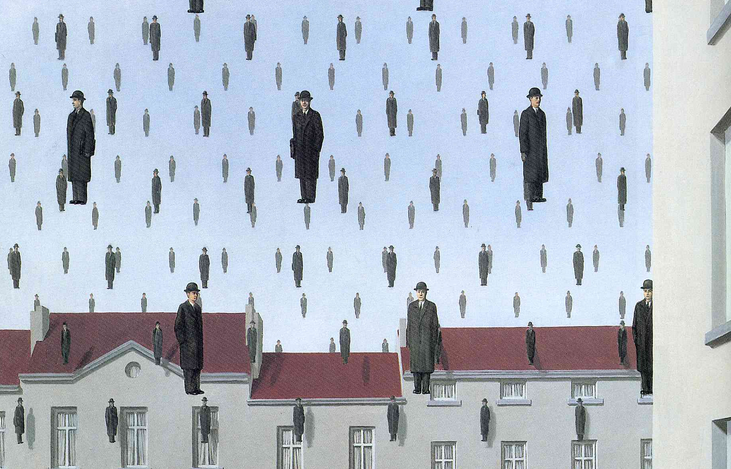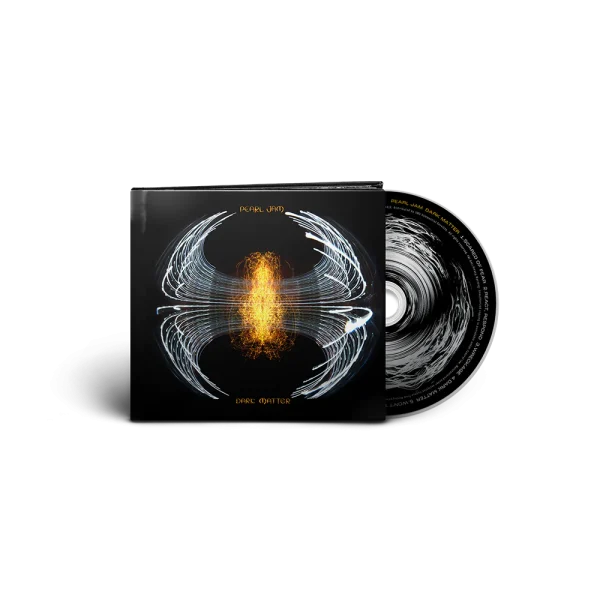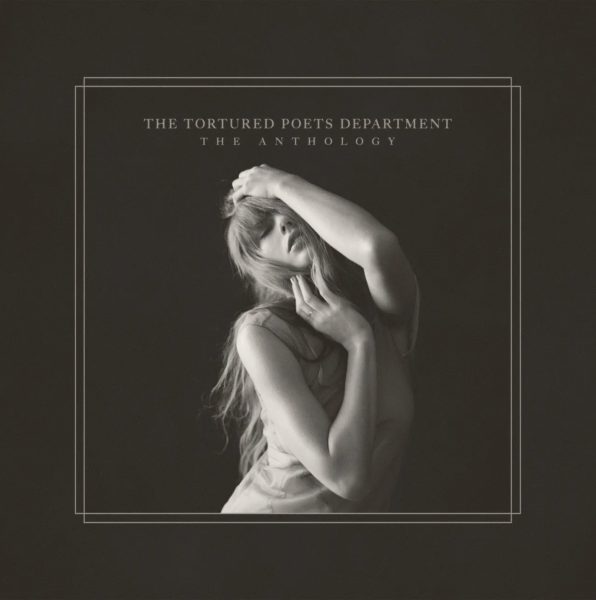Magritte: The Mystery of the Ordinary provides Chicago with a surreal opportunity
Photo via Wikiart under Creative Commmons license
“Golconda” by Magritte displays the artist’s fondness for surrealism.
September 22, 2014
This is not an article. Isn’t this just an amalgamation of words that you call an article? That’s the concept that René Magritte tries to insinuate in his exhibit; Magritte: The Mystery of the Ordinary 1926-1938.
“In my pictures I show objects in situations in which we never encounter them. This fulfills a real but unconscious desire…to disrupt the order in which [one] habitually sees objects…to make everyday objects shriek out loud.” This statement by Magritte is the first thing that greets you as you enter the exhibit. His theory is that people want and need to see ordinary things in unordinary circumstances. Magritte is a puzzle maker by nature, and his most known piece “The Treachery of Images” is an example of that– a picture of a pipe with the caption ‘this is not a pipe.’
Magritte was part of a circle of surrealists; surrealism was a 20th-century avant-garde movement in art that sought to express the imagination as revealed in dreams, for example by the irrational juxtaposition of images. Have you ever dreamed of a horse with four heads? Or maybe all of the heads look like your teachers?
This is what Magritte wanted to paint. To paint this, he said, would fulfill an unconscious desire that every person has.
So he does, his paintings are weird and elementary in their composition. One of the first paintings in the exhibit is that of an eye, but instead of a benign while sclera, it is instead a picture of a cloudy sky. ‘Well I could probably draw that, why is this guy even famous,’ you gripe. Another picture, one of a pipe with the caption “Ceci n’est un pipe.”
Well I could probably draw a pipe and I could just use google translate for that bottom part, too. Magritte’s paintings are not hard to see, they’re not hard to paint, and on the surface they don’t look too hard to understand. And that’s what surrealists are aiming for; as long as you’re thinking about the paintings– even to think that they’re too simple– the painters have won.
The exhibit is currently at the Art Institute of Chicago until Oct. 13, with the tagline “Unthink.” The major exhibition is on its last stop of a U.S. tour, which also included the Museum of Modern Art in New York and the Menil Collection in Houston. The exhibit contains over 100 different art works–paintings, collages, drawings, photographs– and pivots around the Belgian’s most popular years. Visit the exhibition while you still can!


















